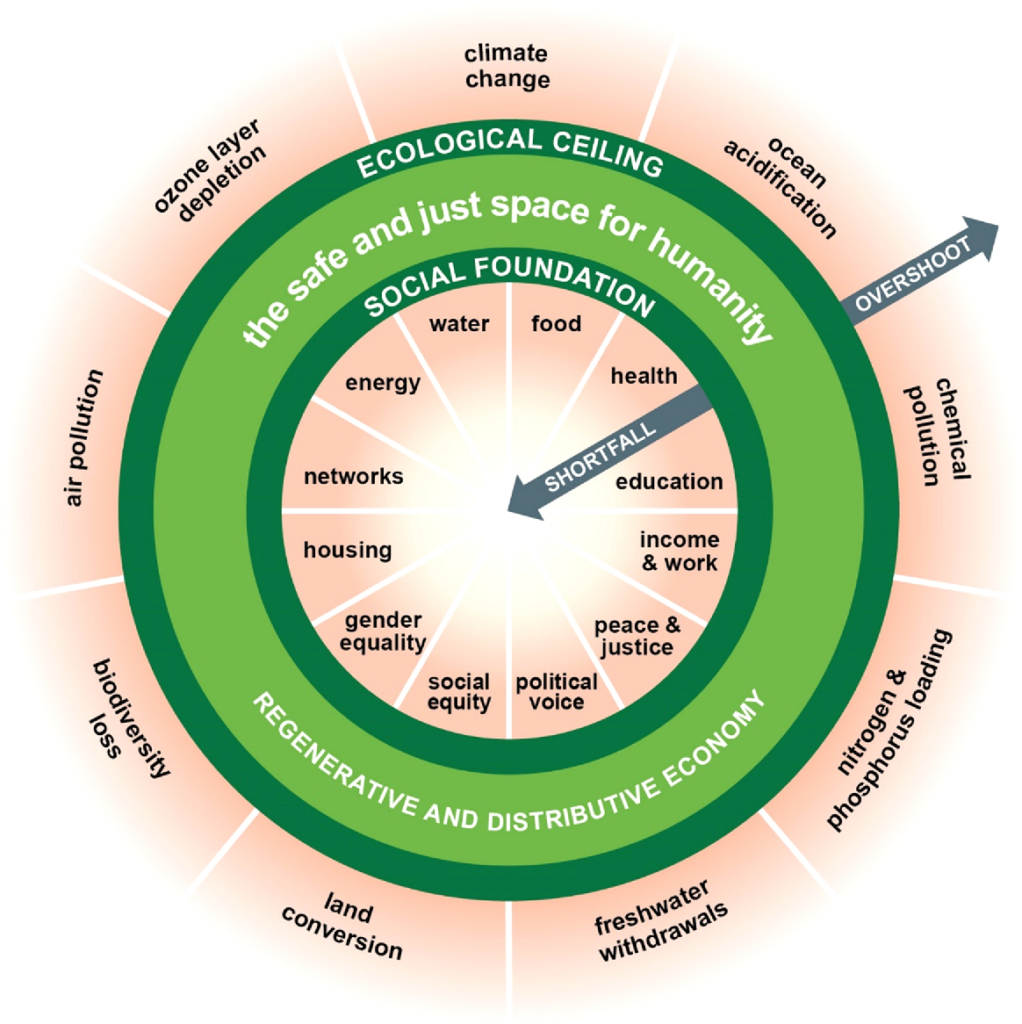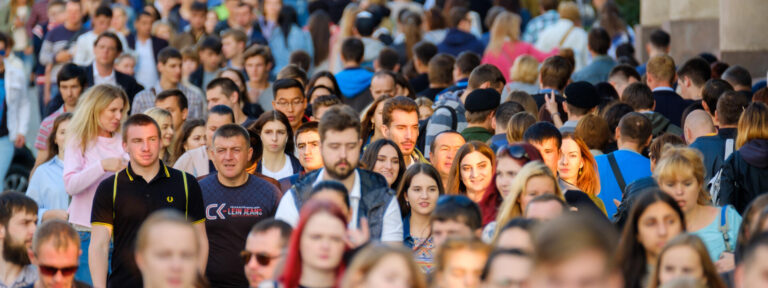
Doughnut Economics: Bold Blueprint for a Sustainable Future – Part One
As part of our series exploring alternative economic models, today, in the first of two parts, we look at Doughnut Economics. Through integrating the need for social equity within planetary boundaries, this framework champions a thriving but sustainable economy that respects both human and environmental limits.
As the world grapples with the dual crises of environmental degradation and social inequality, a novel economic model has emerged. Doughnut Economics, conceived by economist and academic Kate Raworth, challenges the conventional wisdom of endless growth.
By envisioning an economy that thrives within the planet’s ecological limits while also prioritising human well-being, Doughnut Economics offers a bold blueprint for a sustainable future.
What is Doughnut Economics?
“The Doughnut consists of two concentric rings: a social foundation, to ensure that no one is left falling short on life’s essentials, and an ecological ceiling, to ensure that humanity does not collectively overshoot the planetary boundaries that protect Earth’s life-supporting systems. Between these two sets of boundaries lies a doughnut-shaped space that is both ecologically safe and socially just: a space in which humanity can thrive.”
Doughnut Economics Action Lab
Introduction to Doughnut Economics
Economist Kate Raworth created Doughnut Economics to reimagine the current economic paradigm, seeing the need for a system that values both people and the planet. In her book Doughnut Economics: Seven Ways to Think Like a 21st-Century Economist, she outlines how economies can meet human needs while staying within environmental limits. Her ideas inspire cities, like Amsterdam, where she is a Professor of Practice at the university, to adopt elements of the model in their policy making.
It is an approach that looks to balance human well-being with environmental sustainability. It’s so-called because the model is represented by two rings, like a doughnut with a hole in the middle. The inner ring shows the requirements for everyone to have a good quality of life. The outer ring represents ecological limits. Between these two boundaries lies the safe space for humanity to thrive.

Having written the book, Kate Raworth set up the Doughnut Economics Action Lab. This offers real-world uses and case studies of the model in action.
People and planet equilibrium
- Inner Circle: The inner ring of the doughnut represents the minimum social foundations necessary for human well-being. This includes access to food, water, healthcare, education, energy and income. Falling below this inner circle means people are deprived of these essential needs.
- Outer Circle: The outer ring represents the environmental limits or planetary boundaries, such as climate change and biodiversity loss. Exceeding this outer ring means we’re putting unsustainable pressure on the Earth’s systems, causing ecological degradation.
The challenge lies in achieving this balance and finding the “sweet spot”. Policies aimed at improving social conditions often risk overshooting ecological limits. Conversely, strict adherence to environmental goals can limit economic and social development, particularly in lower-income regions.
_________________________________________________
This is part one of Doughnut Economics: Bold Blueprint for a Sustainable Future.



